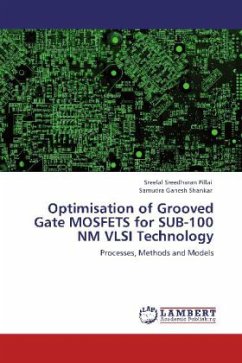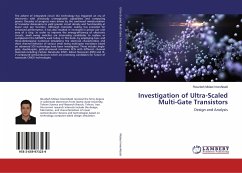The history of biosensors began in 1962 when Leland C. Clark created enzyme electrodes. Since then, biosensors have advanced significantly thanks to concurrent advances in some disciplines, including biology, chemistry, material science, electronics, physics, and VLSI. Biosensors that are smaller, more sensitive, and more dependable are now possible thanks to advances in science and technology. It is still a technological challenge to find cost-efficient, sophisticated, trustworthy, robust biosensors that can be utilised to detect many types of biomolecules. In contrast to previous types of biosensors, the proposed AlGaN/GaN High Electron Mobility Transistors (HEMTs) show outstanding potential to become the biosensor platform of the future. Due to their innate characteristics, such as chemically stable bulk and surface properties and the availability of high-density two-dimensional electron gas (2DEG) at the hetero-interface, which enables highly sensitive detection of surface charge-related phenomena, these devices outperform their silicon counterparts. Only the drain current variations relevant to biomolecule immobilization are seen using a floating gate design.
Bitte wählen Sie Ihr Anliegen aus.
Rechnungen
Retourenschein anfordern
Bestellstatus
Storno








